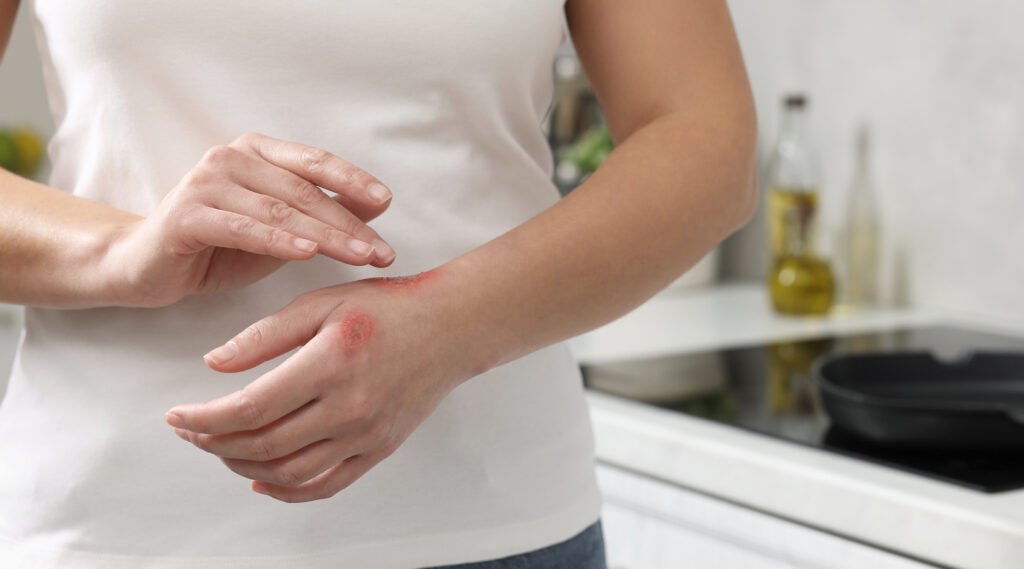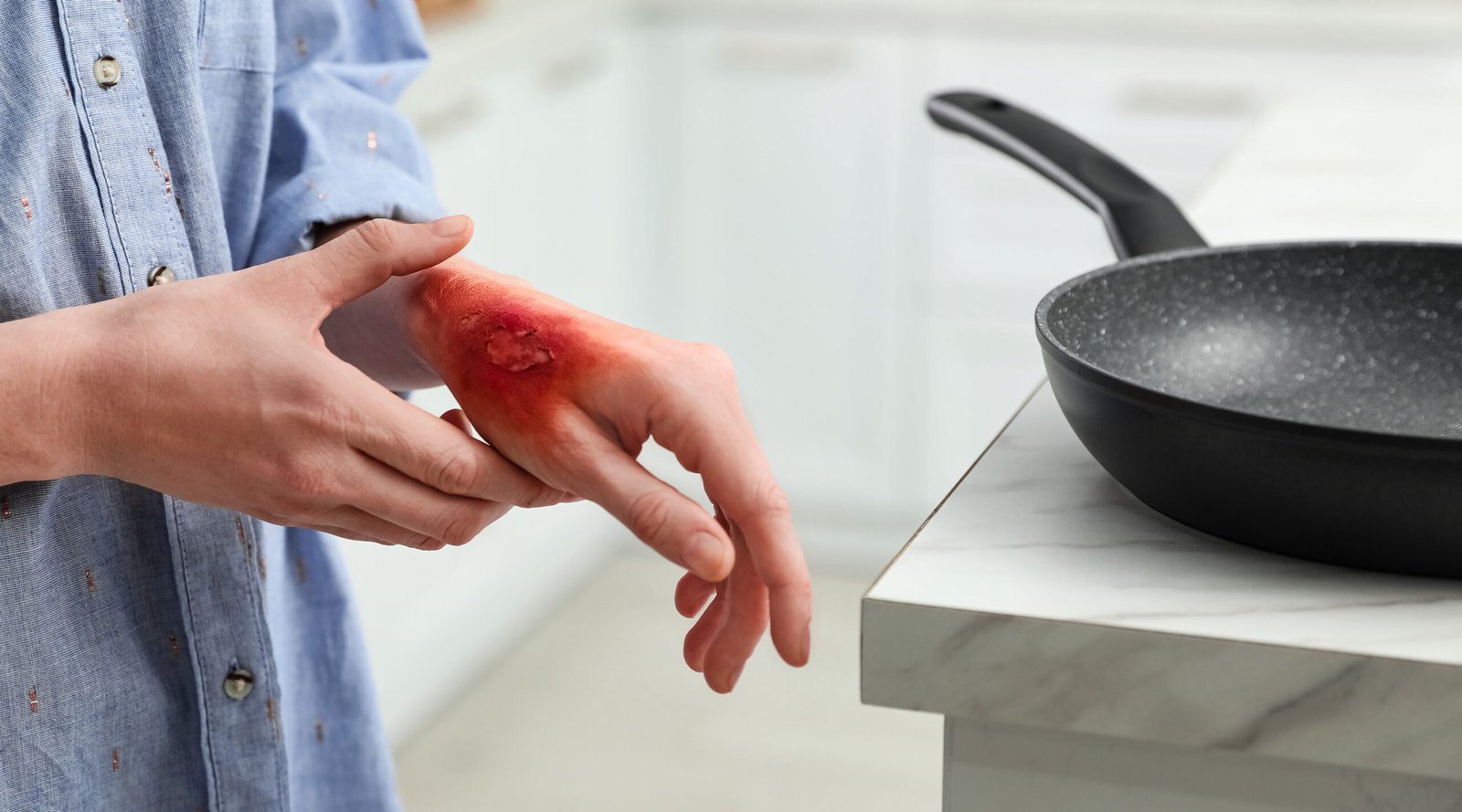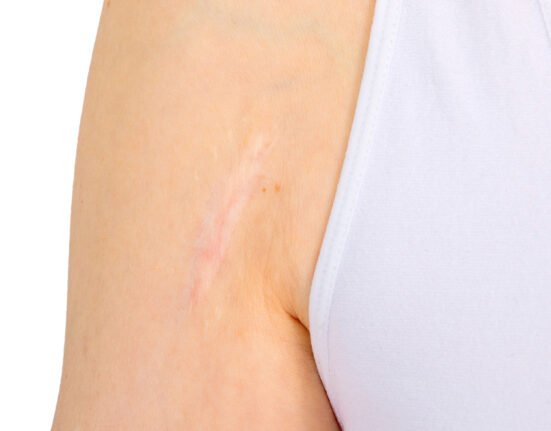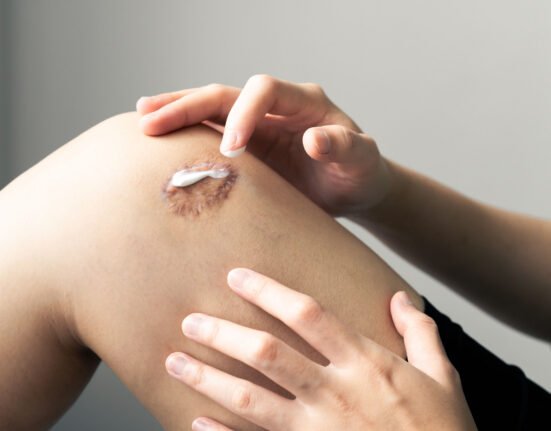Accidentally touching a hot object, like a pan fresh from the oven or boiling water, can cause a burn on the skin.
Burns can also be caused by chemical exposure, excessive sun, radiation, or even electricity. These injuries damage skin cells and trigger the body to produce large amounts of collagen to repair the tissue.
However, the collagen formed in burned areas isn’t as well-organized as the natural collagen found in healthy skin.
That’s why burn scars—whether small or large—often look different from the surrounding skin: they’re thicker, may change in colour, and can be accompanied by pain or a burning sensation.
When burn scars are extensive, especially on the face or other exposed areas, they can affect a person’s appearance and self-confidence.
How Burn Scars Form
Scars develop when the inner layer of the skin (the dermis) is damaged. As the wound heals:
- Scars typically begin to appear within a few weeks and reach peak thickness around the 6th month.
- Natural healing can take 12–18 months for the scar to “mature,” becoming smoother and less pigmented over time.
- Minor burns that heal in less than 14 days are unlikely to leave permanent scars. On the other hand, deeper burns that take longer to heal (over two weeks) have a higher risk of scarring.
Physical Characteristics of Burn Scars
Burn scars may cause:
- Dry, cracking skin
- High sensitivity to touch, sunlight, and certain skincare products
- Itchiness, nerve pain, or a prickling sensation
How to Care for Burn Scars

1. Use the Right Moisturizer
Keeping scarred skin hydrated is essential for promoting skin regeneration, easing discomfort, and preventing tightness.
A safe and effective option is wund+™ Scar Gel, which contains Centella reversa stem cells—a proven active ingredient that supports skin regeneration and helps reduce the appearance of burn scars.
The formula is also fragrance- and alcohol-free, making it gentle on sensitive skin.
How to use:
Apply a thin layer to the healed area and gently massage in circular motions to help the pigment blend more evenly with the skin tone.
Use regularly twice a day for best results.
2. Protect from Sun Exposure
Scar tissue darkens more easily when exposed to UV rays. Use sunscreen when outdoors or cover the area with clothing.
3. Don’t Pick at Scabs
If scabs form during the healing process, avoid peeling them off, as this can worsen the wound and lead to deeper, more noticeable scarring.
With proper care, including the use of skin-regenerating products like wund+™ Scar Gel, burn scars can become smoother, softer, and less visible over time.
Remember: the sooner a burn is treated, the better the chances of minimizing long-term scarring.
References
Healthline. Accessed in 2025. What Burns Cause Scars and How Are Burn Scars Treated?
London Scar Clinic. Accessed in 2025. How to Treat Burn Scars Effectively.
MSKTC. Accessed in 2025. Scar Management after Burn Injury.














Leave feedback about this